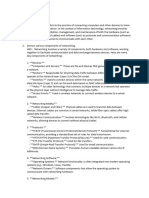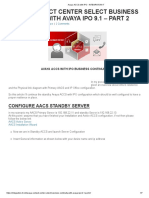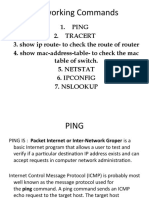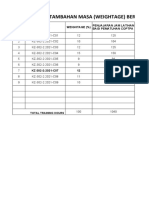0% found this document useful (0 votes)
5 views5 pagesNetwork Basics Study Guide
The document provides an overview of network basics, including types of networks (LAN, WAN, MAN) and key components (devices, media, NIC, router, switch). It explains network protocols for communication, focusing on TCP/IP, HTTP/HTTPS, and others, along with OSI layers and their functions. Additionally, it covers IP addressing, subnetting, and Ethernet technology, detailing their roles in network access and data transmission.
Uploaded by
masoodthelegend123Copyright
© © All Rights Reserved
We take content rights seriously. If you suspect this is your content, claim it here.
Available Formats
Download as PDF, TXT or read online on Scribd
0% found this document useful (0 votes)
5 views5 pagesNetwork Basics Study Guide
The document provides an overview of network basics, including types of networks (LAN, WAN, MAN) and key components (devices, media, NIC, router, switch). It explains network protocols for communication, focusing on TCP/IP, HTTP/HTTPS, and others, along with OSI layers and their functions. Additionally, it covers IP addressing, subnetting, and Ethernet technology, detailing their roles in network access and data transmission.
Uploaded by
masoodthelegend123Copyright
© © All Rights Reserved
We take content rights seriously. If you suspect this is your content, claim it here.
Available Formats
Download as PDF, TXT or read online on Scribd
/ 5



















































































